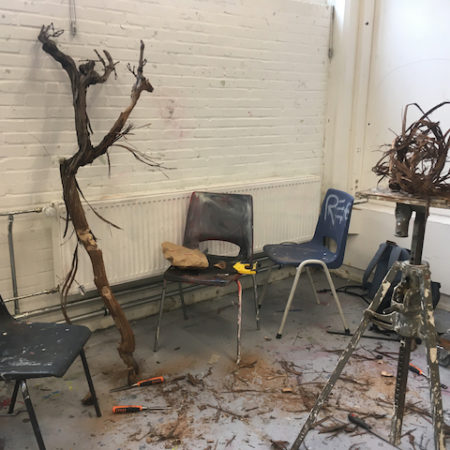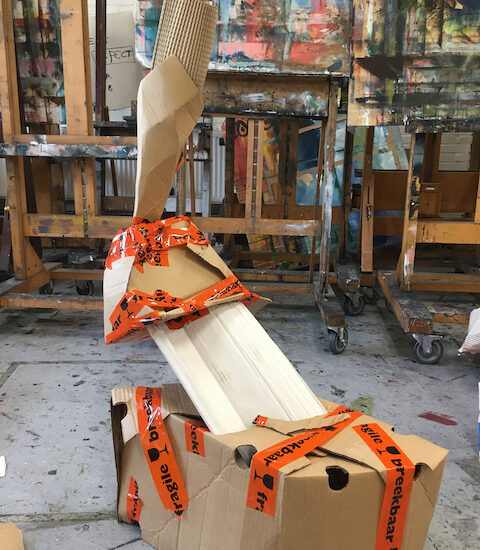“Conventie, een soort herinnering, is het grootste beletsel om te genieten van leven en kunst.”
Piet Mondriaan
Start of HKU art academy Utrecht: learn from the great at “Stedelijk Museum Amsterdam”.
Drawing an empty room with only lights, clear walls, and no visitors. But just by drawing the scenery, other visitors came wondering (ánd admiring!) what was in the room.
Is art something that can exist apart from the individual? Or defines an individal in the end art by perceiving it?
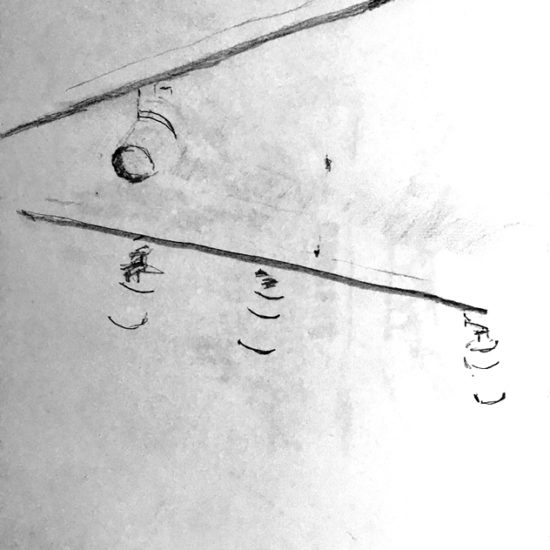
First drawing lesson.
Dazed and confused. A horrible final work of the day. I can do better than this. But is that what is creating is about? Meeting your expectations? Can you talk about creativity if there is a reference?
A day of creating under pressure till your achieving mechanism gets tired and switched off..
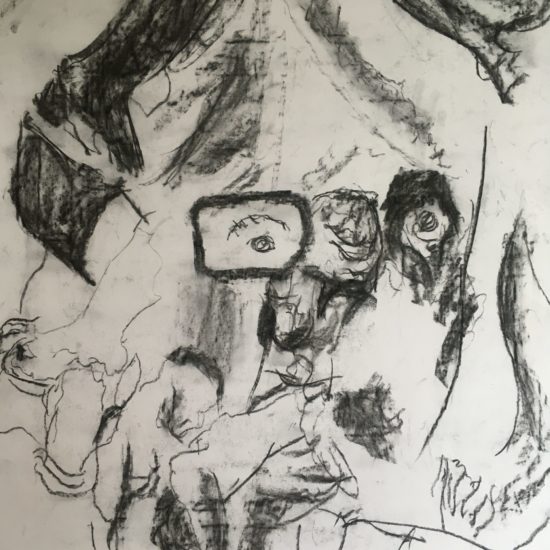
First painting lesson.
Including colors increases the possibilities of expressions times hunderd. Help! Please, give me boundaries.
What happens if the distance between your ‘brains controller’ and your touch is getting stretched with something called a paintbrush.
More possibilities, less control, only one straw to grasp: let intuition do the job!
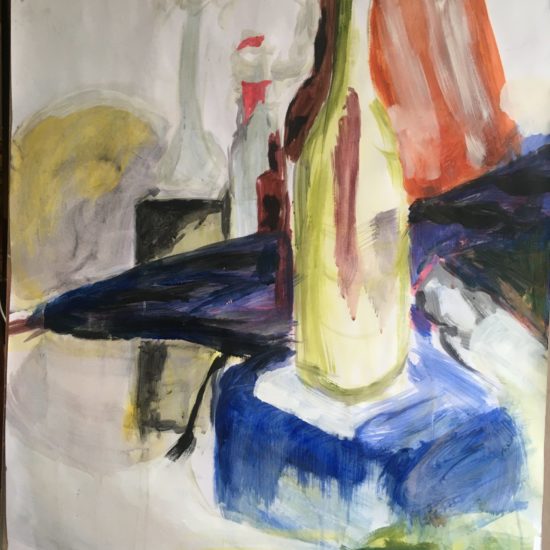
Studying the law of complementarity.
The interaction between individual elements create tension. More than the elements itself. Or can you might say: a single element gets value and meaning by its surroundings?
But complementarity you can find in so many things. Form, in color, in material. But as well in the subject and the object.
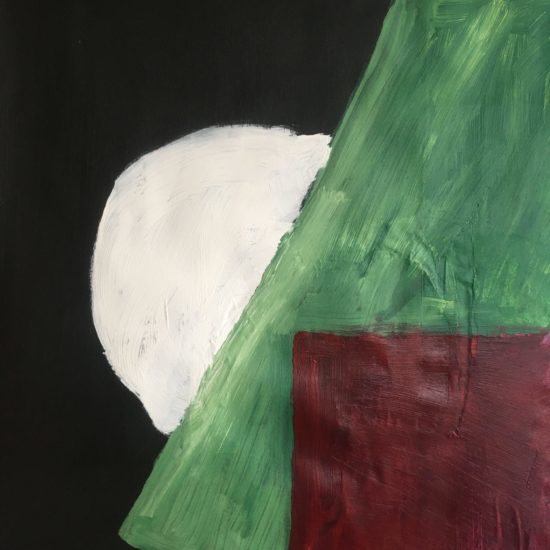
Breaking through imaginary boundaries
With how many imaginary boundaries do I limit myself?
‘Put your paintbrush down and use the object you brought to class instead for painting’ ‘But teacher, I brought a brick!’
‘Yes? So what’ ‘Are you kiddin’ me?’
‘Can’t help it’ ‘Hey,… but wait a sec,… okay, okay, I got an idea!’
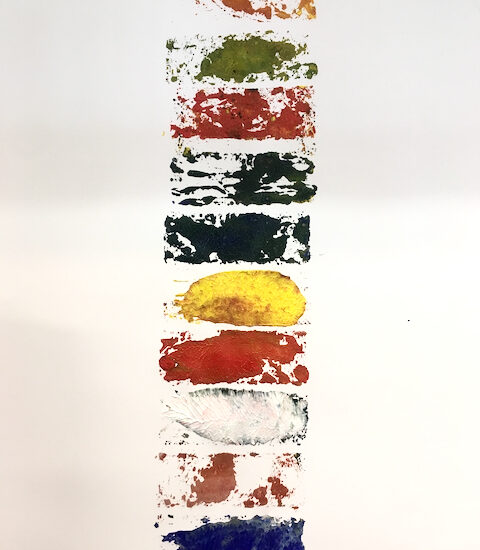
First 3D lesson.
Inspiration is for amateurs. Material, space and concentration. That’s all you need. Then you can start. Investigate, molest, destroy, combine, create! Interact with your material. Keep the process going.
While the start of my first 3D sculpture feels like filling a ’tabula rasa’, during the process existing images in my mind start polluting the naked eye. Undefined forms in the process are way more interesting than the final form I couldn’t get rid off in the end.
Child in Time.
‘Do you call that art? My 4-year old son can create that.’
‘Yes, thanks for the compliment. The question is, is he able to create so when he has my age of 64?’
Playing in the nature like I once used to. What happens when we get older? Where do we lose the freedom of thinking, moving and behaving?
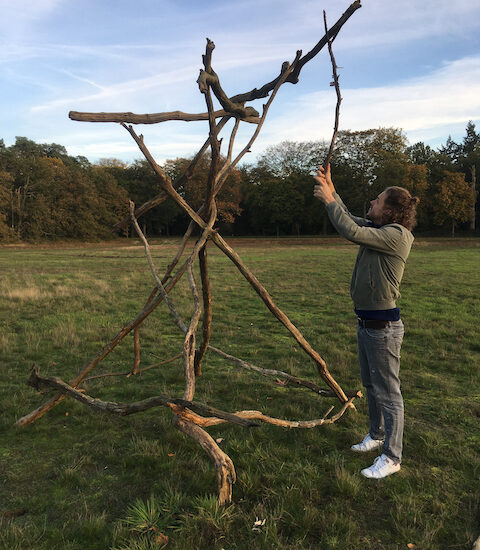
Human Sculptures.
Which material do you always have closeby? Independently of time or place? Yes, YOU can be the material ánd the instrument at the same time.
Art isn’t always adding something extra, but can be limited to reforming elements that are already there.
Keep yourself limited to simplicity and look for complementary interactions.
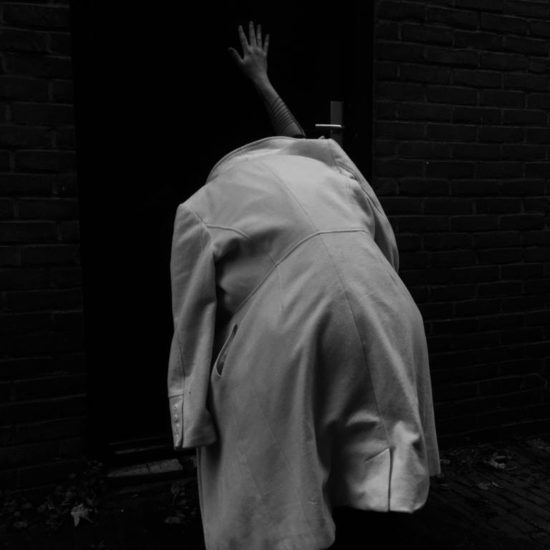
Forming with your hands.
The feeling of seeing something appear between your hands while your mind doesn’t feel connected. Then I experience the closest feeling of creativity.
Sometimes the conscious mind is too strong, but in seldom unique moments the unconscious energies takes over.
Then you can just observe as an bystander what arises. How wonderful.
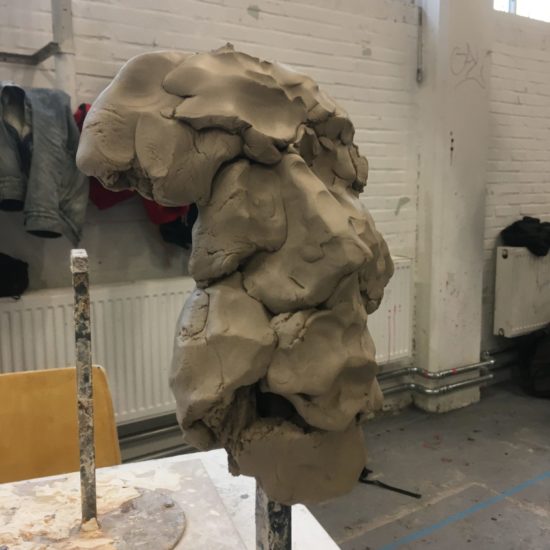
Residu | Trash or the real art
While woodcarving my old grape tree, I grasped the cortex and erased it from the beautiful wood.
After hours and hours of spending on the woodcarving stick – as a small distraction – I interwined some of the cortex to a work itself in five minutes.
Guess what, which work had the most admirers?
